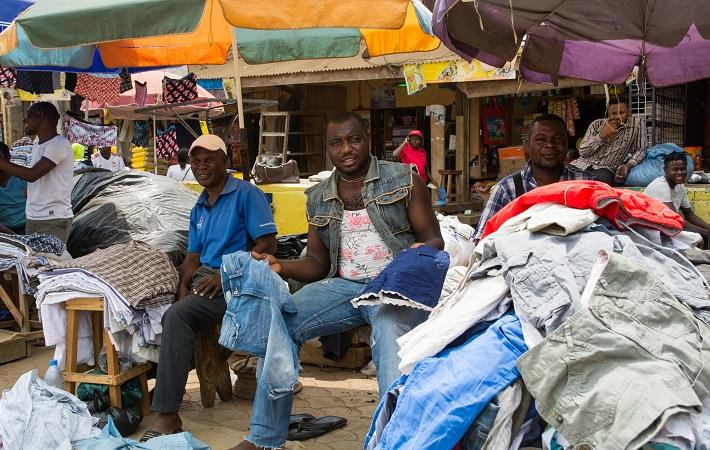The East African Community (EAC) recently announced plans to increase taxes paid on imported textile between 30 and 35 per cent to protect and boost the domestic textile industry in the member nations—Burundi, Kenya, Rwanda, South Sudan, Tanzania and Uganda. The regional tax reforms will also attract higher taxes on imports like iron, steel, wood and wood products.
Regional private sector businesses are demanding a 32.5 per cent duty on finished products to protect domestic industries, and the proposal will be presented at the next EAC Heads of State summit for consideration.The East African Community recently announced plans to increase taxes paid on imported textile between 30 and 35 per cent to protect and boost the domestic textile industry in the member nations—Burundi, Kenya, Rwanda, South Sudan, Tanzania and Uganda. The regional tax reforms will also attract higher taxes on imports like iron, steel, wood and wood products#
In review of the EAC Common External Tariff (CET), member states have agreed to move from a three-band structure to a new tariff structure of four bands but have failed to agree on the rates to be imposed on goods in the new band, according to an EAC press release.
EAC’s three-band tariff structure came into effect on January 1, 2005, as finished goods imported into the regional bloc attracted a duty of 25 per cent, intermediate goods 10 per cent, and raw materials were free of duty.
Sensitive items such as sugar, wheat, rice and milk attract a higher duty of above 25 per cent to protect local industries from competition. Recent development shows that imported second-hand clothes will now be classified as ‘sensitive’, and attract duty higher than finished products.
The new four-band tariff structure will include a duty-free import tariff on raw materials and capital goods, 10 per cent import duty for intermediate products not available in the EAC, and 25 per cent import duty for intermediate products available in the region.
The East African Business Council (EABC), the region’s top organ for private sector business associations, proposed a fourth band, with a rate of 32.5 per cent for finished products.
However, partner states have disagreed on the rate for the highest band, which will be either 30 per cent or 35 per cent for finished products.
In a February meeting held in Zanzibar, EAC member states submitted 1,294 products for consideration to pay above the rate of 25 per cent. Of these, there was consensus on 327 tariff lines and an agreement to retain 566 products at their current rate. However, there was no agreement on 401 tariff lines, which remain under consideration.
EAC member states in 2017 agreed to grant garments and textiles manufacturers a three-year waiver of duties and value-added tax (VAT) on inputs, fabrics, and accessories not accessible in the region.
In February, EAC confirmed plans to develop a strong textile and leather sector in the region. Member states as well are determined to offer citizens competitive options in regional textiles and footwear.
Last month, Uganda unveiled a strategy for the cotton, textiles and apparel sector with the aim of increasing fibre cotton production, scaling up domestic value addition and creating employment. The scheme supports its third edition of the National Development Plan (NDPIII).
A recent study by the EAC Secretariat on cotton, textile and apparel value chains revealed that the sector could become a major player in the regional industry and will be valued at $3 billion by 2025.
Fibre2Fashion News Desk (DS)
